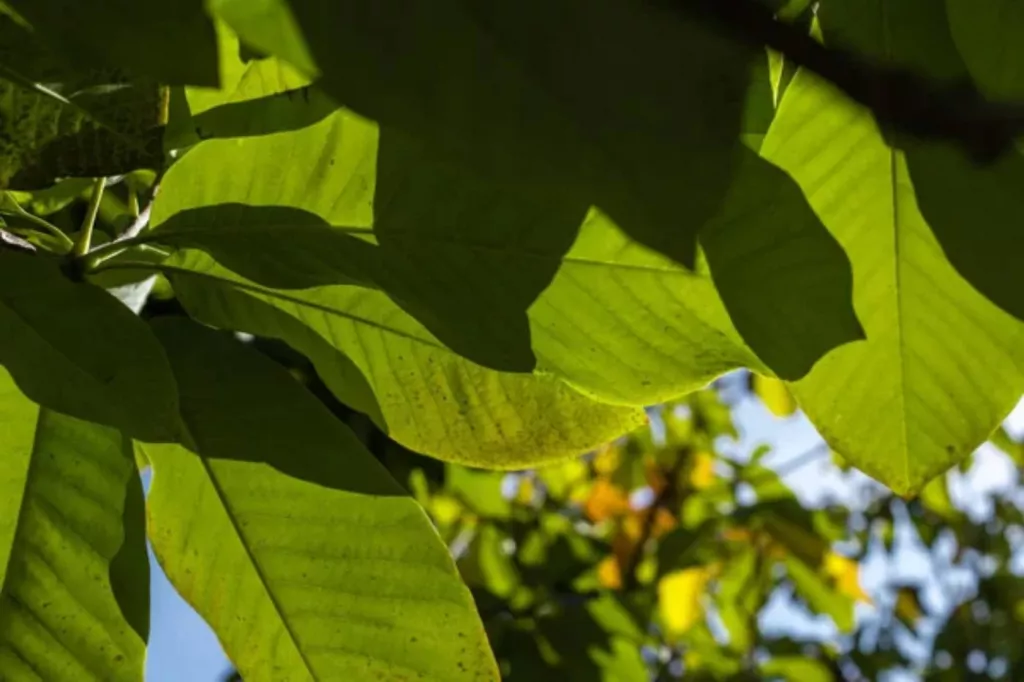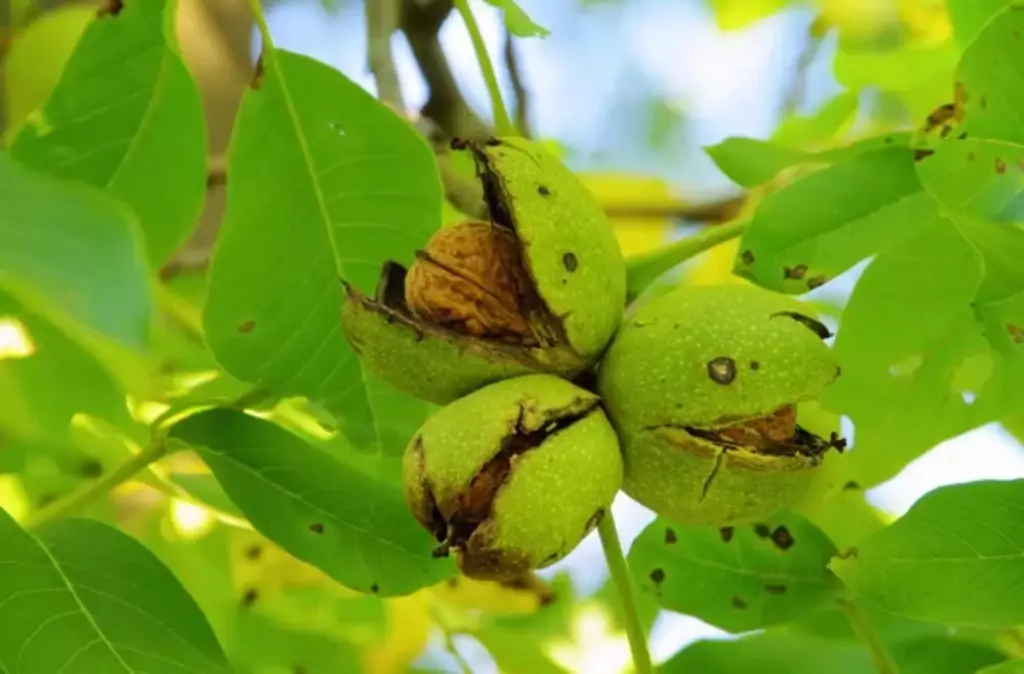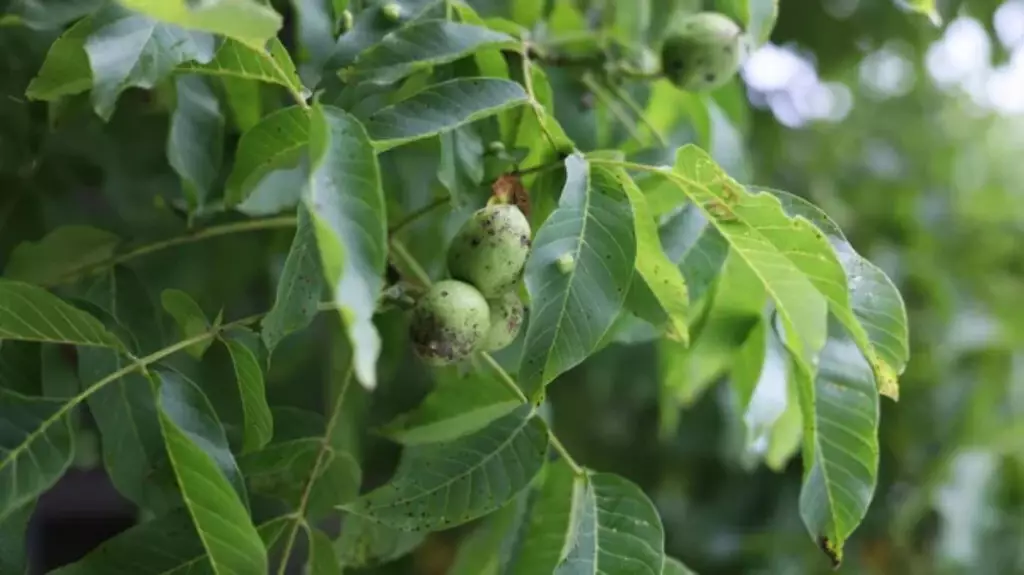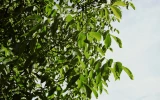Why Is My Walnut Tree Not Producing Nuts? (And How to Fix It)
Walnut trees require about 5–7 years to begin producing nuts. However, several factors can hinder their nut production. In this article, we'll delve into the common reasons behind walnut trees' failure to produce nuts, provide a comprehensive guide on diagnosing these problems, and offer practical solutions to rectify them.
Walnut trees may fail to produce nuts due to inadequate pollination, nutrient deficiencies, insufficient water, disease, or immaturity. To fix this, ensure proper watering, fertilization, and pruning, and consider planting another tree nearby for better pollination.
Another innovative solution that can help enhance the overall productivity and health of your walnut tree is grafting. Let's discover how grafting can revitalize your walnut tree!
Summary
- To combat disease and pest impacts on walnut trees, apply appropriate pesticides and fungicides, focusing on integrated pest management strategies including cultural, biological, and chemical controls.
- Ensure walnut trees are of a productive age for nut production, addressing issues with young or old trees by optimizing tree health and environment.
- Protect walnut trees from physical damage and environmental stress by employing proper pruning techniques, providing consistent watering, and shielding from extreme conditions.
- Enhance pollination of walnut trees by ensuring the presence of pollinators and planting compatible trees nearby, along with maintaining optimal health and environmental conditions for pollination.

On this page:
What Is Wrong With My Walnut Tree?
| Reason | Impact | How to Fix It |
|---|---|---|
| Disease and pest impact | Can weaken the tree and reduce nut production. | Use appropriate pesticides and fungicides. |
| Tree age and maturity | Young or very old trees may not produce nuts effectively. | Ensure tree is of productive age. |
| Physical damage and stress | Damages can hinder growth and nut production. | Protect the tree from damage and stress. |
| Pollination issues | Without proper pollination, nuts can't develop. | Ensure presence of pollinators or plant compatible trees nearby. |
| Nutrient deficiencies | Lack of essential nutrients can limit nut production. | Apply balanced fertilizers as needed. |
| Water stress | Both drought and overwatering can negatively impact nut production. | Maintain consistent and appropriate watering. |
It Could Be Due to Pests and Diseases
Your walnut tree's health and nut production can be significantly affected by diseases and pests. You need to identify and manage these issues promptly to ensure your tree remains vigorous and capable of producing nuts.
Identify walnut tree pests and diseases
When inspecting your walnut tree, look for signs of disease that can impact its ability to produce nuts.

Branches with dieback, unusual growths, discolored leaves, or cankers on the bark may indicate an issue.
Juglans regia and Juglans nigra are susceptible to fungal diseases like anthracnose, which causes leaf fall and can lead to a poor nut harvest if not controlled. You can find a longer list of the most common problems of black walnut trees in this article.
Insects like aphids or walnut husk flies can wreak havoc on your walnut tree. The evidence of pest damage can be seen in holes in the nuts, branches, or leaves.
It's crucial to manage these pests through appropriate control methods, such as pheromone traps or organic sprays, to protect your tree's health and its ability to produce healthy nuts.
Implementing integrated pest management
-
Cultural controls: Use crop rotation (if applicable) and remove diseased plant material from the area to reduce the spread of pathogens.
-
Biological controls: Encourage or introduce natural predators of common pests. For example, certain birds and insects can help control pest populations.
-
Chemical controls: Use pesticides as a last resort and select products that are specifically effective against the pests or diseases affecting your trees. Always follow the manufacturer's instructions for application rates and timing.
Targeting pests and diseases with specific treatments
-
Fungal diseases: Treatments may include fungicides applied at specific times of the year, depending on the disease. Pruning to remove infected limbs can also help.
-
Pests: For insect pests like walnut aphids or caterpillars, targeted insecticides or natural alternatives like neem oil can be effective. Mechanical controls, such as trapping or physically removing pests, can also be beneficial.
It Might Not Be Mature Yet
Walnut trees need time to grow before they can yield a significant nut crop.
Growth phases of walnut trees
Your walnut tree goes through several growth phases before it can produce nuts.
Initially, there's a juvenile phase, which can last between 4 to 6 years. During this period, your tree is focused on establishing its root system and growing in height and girth. It's unlikely to bear any fruit during this stage.
After surpassing this phase, the tree enters an intermediate stage, where it may start to produce small quantities of nuts.

The nut yield of your walnut tree is tied to its maturity. Usually, a walnut tree becomes fully mature and reaches its full nut-producing potential around the 10-year mark.
An old and mature tree can have a life span of up to 30 years or more, providing a steady nut yield each year if it maintains good tree health. English walnuts are known to live for up to 200 years.
It Could Be Caused by Physical Damage and Stress
Physical damage and environmental stress can significantly impact your walnut tree's ability to produce nuts.
Physical injury to trees
If your walnut tree has sustained physical injury to its branches or trunk, this damage can prevent it from producing nuts. Such injuries can occur from improper pruning, accidental impacts, or during transportation and planting.
Employ proper pruning techniques
When you prune your walnut tree, you need to remove only the branches that are dead, diseased, or damaged.
Thinning out some of the canopy can allow sunlight to reach the inner branches and foster a healthier environment for nut-bearing.
Use clean, sharp tools, and make cuts at a 45-degree angle to avoid damaging the tree. If you're unsure about your pruning technique, consider contacting a certified arborist.
They can provide guidance on how to prune effectively without harming the tree. Besides, an arborist can assess whether your tree's structures, such as branches, are in good condition, ensuring proper tree management.
Environmental stress factors
Your walnut tree can also suffer from a variety of environmental stress factors. You need to maintain their required climate and soil conditions to support nut production.
Temperature changes that fluctuate widely can cause stress, particularly if there's a warm spell followed by a sudden freeze.
Additionally, drought conditions create stress for the tree, as adequate water is crucial for nut production.
To shield your tree from these stresses, provide consistent water during drought and mulch to maintain soil temperature. Protecting trees from extreme wind can also prevent physical damage and undue stress.

Schedule a seasonal maintenance
In spring, prune before the new growth begins. This not only helps in shaping the tree but also in strengthening the branches that will support the nuts.
During summer, pay attention to signs of pest infestations or diseases, as these can greatly hinder a tree's ability to produce fruit.
In autumn, after the walnut harvest, remove any remaining nuts or debris to prevent disease. Additionally, it's a good time to enrich the soil with the necessary nutrients to prepare for the next growing season.
As winter approaches, minimize pruning to avert stress on the tree during dormancy.
It Could Be Due to Pollination Issues
When your walnut tree fails to bear nuts, one possible culprit is inadequate pollination. Walnut trees have separate male and female flowers, with pollination largely depending on the transfer of pollen from male to female flowers by wind or bees.
How to improve pollination
-
Make sure there are enough male and female flowers: Identify the male catkins and female flowers on your tree. The male flowers tend to appear as long, slender catkins, whereas the female flowers are usually smaller and found in clusters.
-
Presence of bees: Ensure there's a healthy bee population in your orchard. Bees immensely improve the chances of cross-pollination.
-
Plant more trees: If you have a small number of trees, consider planting more. This increases the likelihood of cross-pollination, especially in large orchards.
-
Set the optimal conditions: Make sure your trees are not under stress. Adequate water, sunlight, and nutrients support better flower health and effective pollination.
Your Tree May Be Lacking Some Nutrient
Your walnut tree’s inability to produce nuts may stem from insufficient nutrients in the soil. Key signs of this issue include yellowing leaves and poor growth. A soil test can help identify what's missing.
Practice efficient soil nutrient management
To address nutrient deficiencies, you first need to understand what your tree requires. Walnut trees thrive on a balance of nitrogen, phosphorus, and potassium.
Nitrogen is vital for leaf and branch growth, and a lack thereof can lead to yellowing leaves. Regularly test your soil to monitor nutrient levels and pH levels.
A soil test will reveal if your tree is missing critical nutrients. Not only can it show deficits in N-P-K, but also in secondary nutrients like calcium and magnesium which are important for walnut trees.
Based on the results, you'll learn what amendments to make to your soil and in what quantities. Remember, too much fertilizer can harm your tree, so always refer to the test recommendations when applying nutrients.
The Tree May Be Underwatered/Overwatered
Walnut trees under water stress can experience reduced nut production. This can result from either too much or too little water.
Watering recommendations for walnut trees
For walnut trees, consistent watering during spring and summer is crucial. Aim to provide deep irrigation to foster a strong root system.

During periods of drought, trees will require supplemental water. A lack of sufficient precipitation or water supply from irrigation can induce water stress, which not only impacts the current year's production but can lead to biennial bearing, where the tree alternates between high and low yields each year.
Conversely, avoid excessive watering as it can lead to root rot and create additional stress for the tree.
The energy the tree expends on recovering from water stress could otherwise be directed toward nut production.



